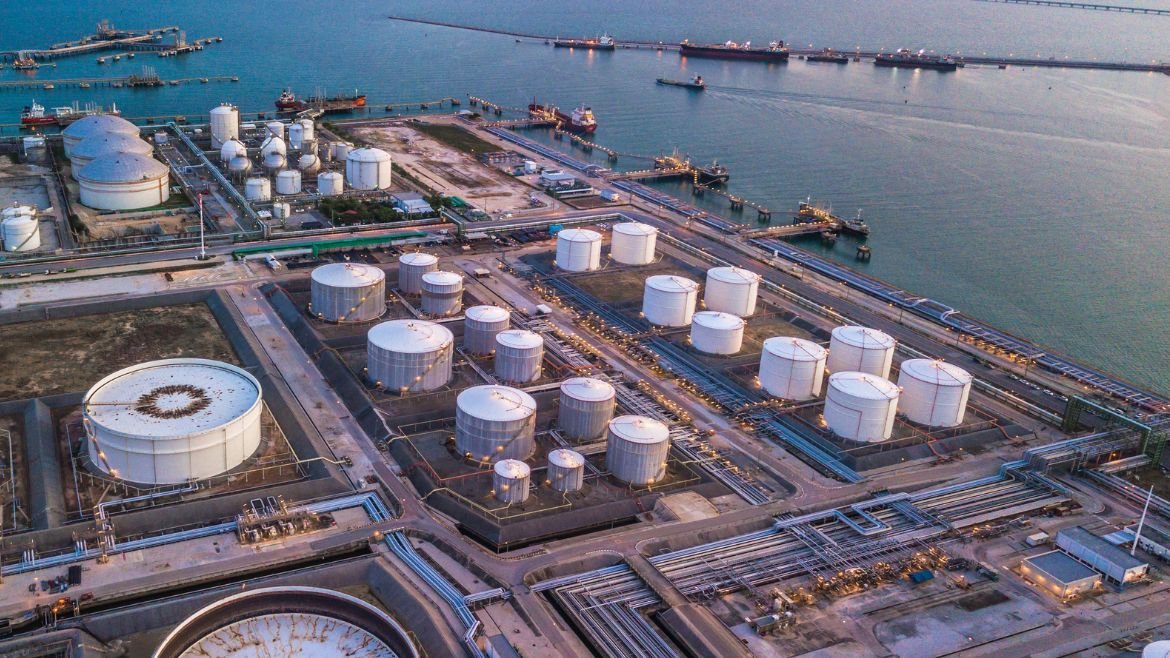In recent years, India’s oil and gas sector has experienced significant shifts due to global changes in energy demand, technology advancements, and environmental concerns. As one of the key players in the global energy landscape, India faces unique challenges and opportunities in balancing its energy needs with sustainable practices. This article explores the current state of India’s oil and gas sector and how it is adapting to navigate the future amidst these dynamic changes.
The Current Landscape:
As one of the world’s fastest-growing economies, and the third-largest consumer of oil in the world, India’s energy demands are substantial, making it crucial to understand how the country is navigating this evolving landscape. The country’s energy mix is diverse, with a substantial reliance on fossil fuels like oil and natural gas. This reliance poses challenges such as energy security, price volatility, and environmental impact.
Challenges Faced by the Industry:
Dependency on Imports: India imports a significant portion of its crude oil and natural gas, making it vulnerable to price fluctuations and supply disruptions in global markets.
Environmental Concerns: With growing awareness about climate change and environmental degradation, there is increased pressure on the industry to adopt cleaner technologies and reduce carbon emissions.
Policy and Regulatory Framework: The sector operates within a complex regulatory environment, which can impact investment decisions and project timelines.
Adapting to Global Changes:
Renewable Energy Integration: India has set ambitious targets for renewable energy capacity, including solar and wind power. The integration of renewables into the energy mix helps reduce reliance on fossil fuels and mitigate environmental concerns.
Digital Transformation: The adoption of digital technologies such as IoT, AI, and data analytics optimizes operations, enhances efficiency, and improves decision-making processes across the oil and gas value chain.
Energy Efficiency Initiatives: Emphasizing energy efficiency in industries, transportation, and infrastructure reduces overall energy consumption and greenhouse gas emissions.
Strategies for a Sustainable Future:
Investment in Technology: Embracing technological innovations such as advanced drilling techniques, digitalization, and automation can improve operational efficiency and reduce costs.
Collaboration and Partnerships: Engaging in strategic partnerships with global players and neighbouring countries can enhance energy security and facilitate technology transfer.
Environmental Sustainability: India, like many nations, faces growing pressure to reduce carbon emissions and combat climate change. The oil and gas sector play a pivotal role in this transition through:
Cleaner Fuels: Embracing cleaner fuels like natural gas and investing in technologies for emissions reduction in refining and petrochemical processes.
Carbon Capture and Storage (CCS): Exploring CCS technologies to capture and store CO2 e missions from industrial processes, reducing their environmental footprint.
Conclusion:
As India charts its course in the ever-evolving global energy landscape, strategic planning, innovation, and sustainable practices will be key drivers for the oil and gas sector. By embracing change and leveraging opportunities in renewable energy and technology, India can ensure a resilient and sustainable energy future for generations to come.
FAQs (Frequently Asked Questions)
Q 1. How does global oil price volatility impact India’s oil and gas sector?
Ans. Global oil price fluctuations directly influence India’s import bill and fuel prices, impacting consumers and industries across the country. The government closely monitors these fluctuations and may adjust domestic policies such as taxation and subsidies to mitigate the impact.
Q 2. What role does renewable energy play in India’s energy transition?
Ans. Renewable energy sources like solar and wind power play a crucial role in India’s energy transition strategy. The government has set ambitious targets for renewable energy capacity addition, incentivizing investments in this sector and promoting sustainable energy practices.
Q 3. How is India balancing energy security with environmental sustainability?
Ans. India is pursuing a dual strategy of enhancing energy security through diversification of energy sources while also promoting sustainable practices. This includes investing in cleaner technologies, improving energy efficiency, and participating in global initiatives like the Paris Agreement to reduce greenhouse gas emissions.
Q 4: How is India reducing its dependence on imported oil and gas?
Ans. India is diversifying its energy sources by investing in renewable energy projects such as solar and wind power. Additionally, efforts are underway to enhance domestic exploration and production of oil and gas reserves.
Q 5: What role does innovation play in the transformation of India’s oil and gas sector?
Ans. Innovation drives efficiency improvements, cost reductions, and environmental sustainability in the sector. Technologies like AI, IoT, and blockchain are revolutionizing operations, from exploration to distribution.
Q 6: How does India balance economic growth with environmental concerns in the oil and gas industry?
Ans. India is promoting cleaner fuels, energy efficiency measures, and stringent environmental regulations to mitigate the industry’s environmental impact while supporting economic growth and energy security.
Q 7: What are the opportunities for investors in India’s evolving energy landscape?
Ans. Investors can explore opportunities in renewable energy projects, technology partnerships for digital transformation, and sustainable infrastructure development within India’s energy sector.


